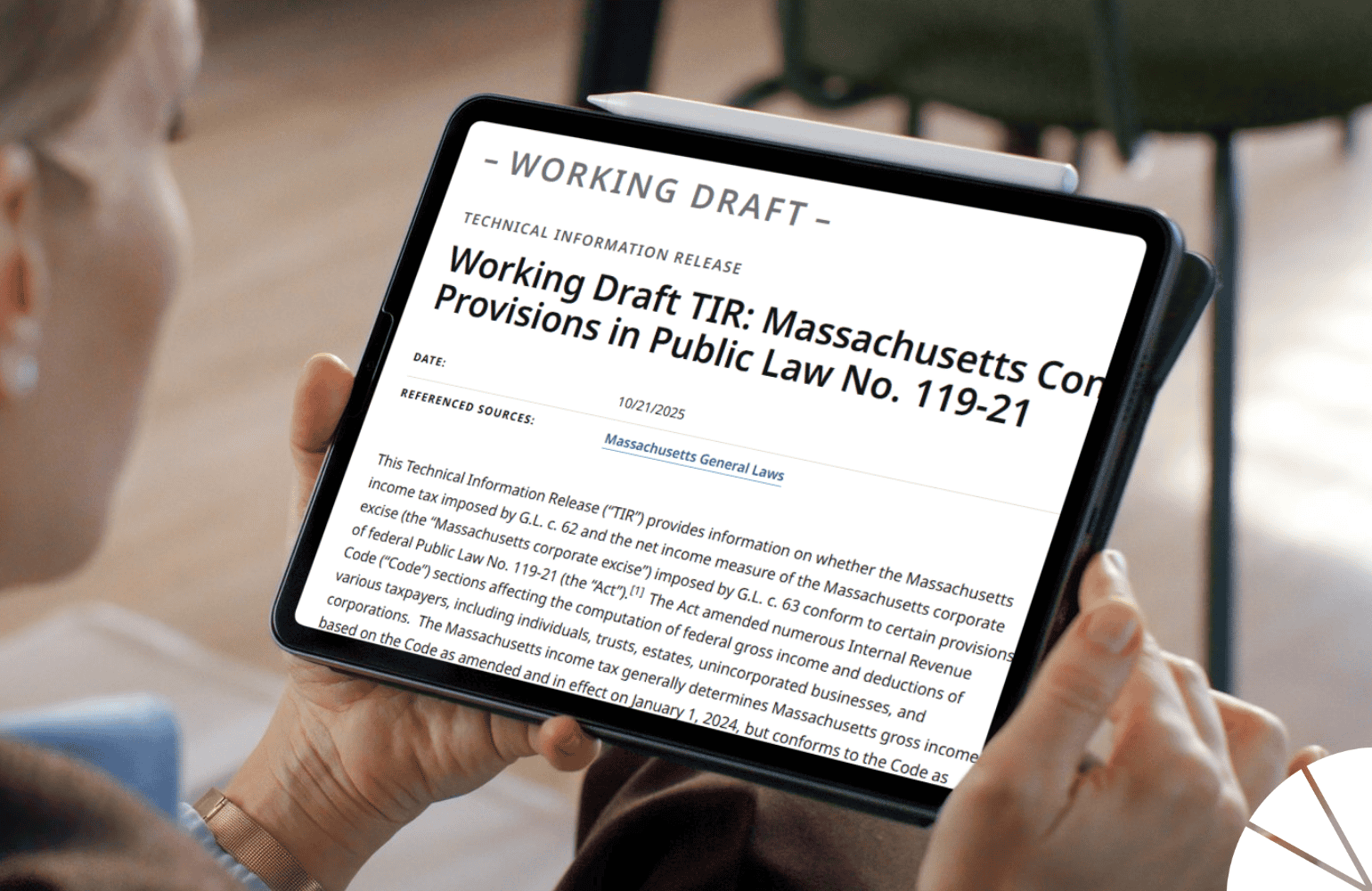
Preparing for a divorce and kids are involved? A recent ruling from Massachusetts’ highest court might affect how child support and alimony are awarded. The “Cavanagh decision” makes it more nuanced to calculate support amounts and may lead to the higher earner paying a lot more than the old standard required. It’s safe to say that Cavanagh could significantly impact your financial picture post-divorce. As a result, attorneys, CPAs, and litigation support experts have had to quickly adjust to a new way of doing things.
What Was the Cavanagh Decision, and What Did It Change?
Before the Cavanagh case, Massachusetts judges typically didn’t award both alimony and child support in divorce cases. The alimony statute said that if both parents earned a combined income under $400,000 (a figure set by the Massachusetts Child Support Guidelines), child support would be calculated based on their income, and alimony would not be awarded.
If the parents’ combined income exceeds $400,000, a judge may award alimony calculated based on the additional income available after child support is determined. For example, if parent A had an income of $100,000 and parent B had an income of $600,000, parent B could be ordered to pay a child support amount calculated on $400,000 plus alimony calculated on $200,000.
With the Cavanagh v. Cavanagh (2022) ruling, the Massachusetts Supreme Judicial Court created a paradigm shift. The case involved a couple who divorced in 2016, at which point they shared three minor children. The original divorce judgment gave the parents shared legal custody and awarded the mother full physical custody. The father had a gross income of around $220,000, and the mother’s was around $40,000, so the judge ordered the father to pay child support and no alimony. A few years later, when the divorced spouses were in dispute about their arrangement and who would pay for the youngest son’s tuition, they sought a modification of the child support order.
Ultimately, the SJC was asked to rule on several points in their case, including whether the judge was correct in following the existing alimony statute and awarding no alimony in the original case. The SJC ruled that the current system created by the alimony statute was “untenable” and that concurrent alimony and child support could be awarded based on a “fact-specific consideration of the parties’ circumstances.”
In other words, a Massachusetts probate judge now has the discretion to order a divorcing parent to pay both child support and alimony, even if they earn under $400,000.
How Does Cavanagh Change Support Calculations?
Attorneys and the courts are still navigating what the SJC’s ruling means in practical terms for divorcing parents. From the standpoint of litigation support professionals, it has made support calculations nuanced.
Here’s what the ruling says – If two spouses are divorcing and child support is involved, a three-step method must be considered before the judge can decide whether alimony should also be awarded. The court ruled:
- Calculate alimony first, taking into consideration how much support would be required to allow them to maintain the lifestyle they enjoyed during the marriage. Then, calculate child support based on both parties’ post-alimony incomes.
- Calculate child support first. Then, calculate alimony based on the support-paying parent’s remaining income. This is the pre-Cavanagh way of calculating support. (The SJC acknowledges that in most cases, child support will reduce this parent’s income enough that it will be too low for alimony to be ordered.)
- Compare the two scenarios and their tax consequences. This is where it becomes important to work with your CPA and financial planners on these calculations.
The SJC ruled that the probate court judge must follow these steps. Determining income can get complicated, especially for business owners. Every source of income must be accounted for, including business income, insurance benefits, dividends, interest, annuities, and even capital gains in some cases. Consulting with a CPA or litigation support professional can assist in determining income and streamline these three steps.
Ultimately, the judge is supposed to choose whichever scenario is most equitable for the family. Once these calculations are considered, the parties can strategize to achieve the most equitable outcome.
Need Help Calculating Child Support and Alimony?
The CPAs on LGA’s Business Advisory Services team work closely with attorneys and clients to prepare for divorce proceedings, from calculating child support scenarios to helping business owners with valuation as they assess all their assets. If you have questions about calculating support after Cavanagh, contact us today!







